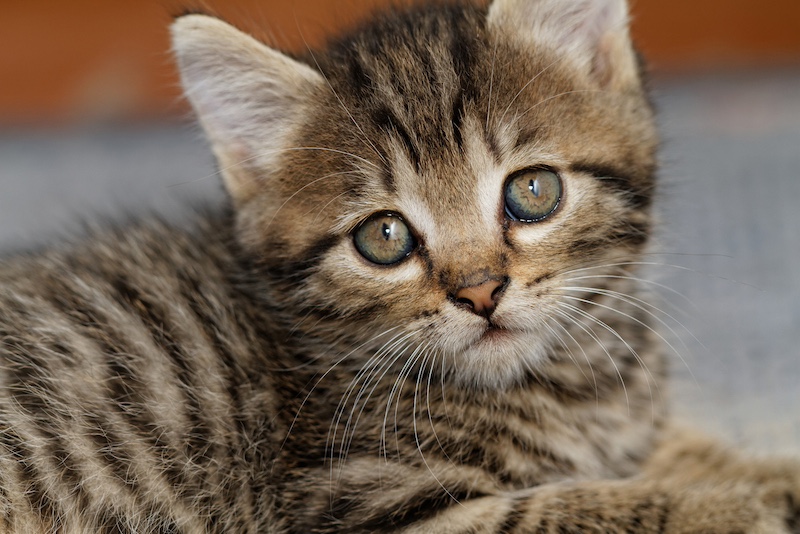Cats are known for their elegance and unique traits, and their whiskers are no exception. These fascinating facial features do more than just add to their charm—they play an important role in your cat’s daily life. Let’s explore some fun facts about your cat’s whiskers!
Whiskers Are More Than Just Decorative
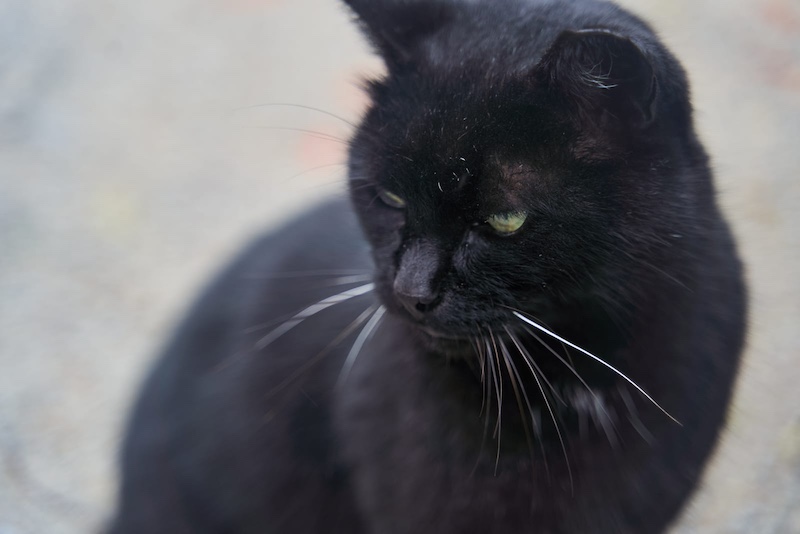
Whiskers, or vibrissae, are highly sensitive tactile hairs deeply embedded in the cat’s body. Connected to a network of nerves, they help cats sense their surroundings, making them essential for detecting changes in the environment, even in the dark.
Whiskers Act as Measuring Tools
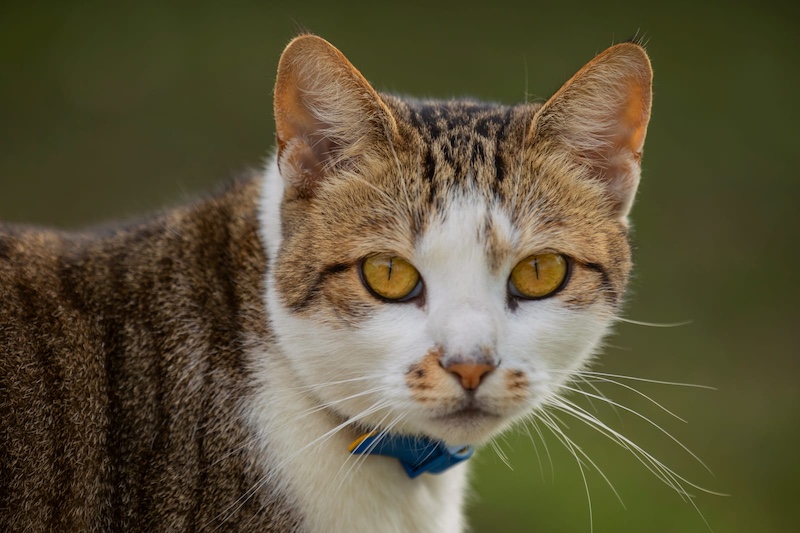
The width of a cat’s whiskers generally corresponds to the width of their body. This natural measuring tool helps cats determine whether they can fit through narrow spaces, preventing them from getting stuck. However, for overweight cats, whiskers may not grow longer to match their size, which can sometimes lead to miscalculations.
Whiskers Reveal a Cat’s Mood
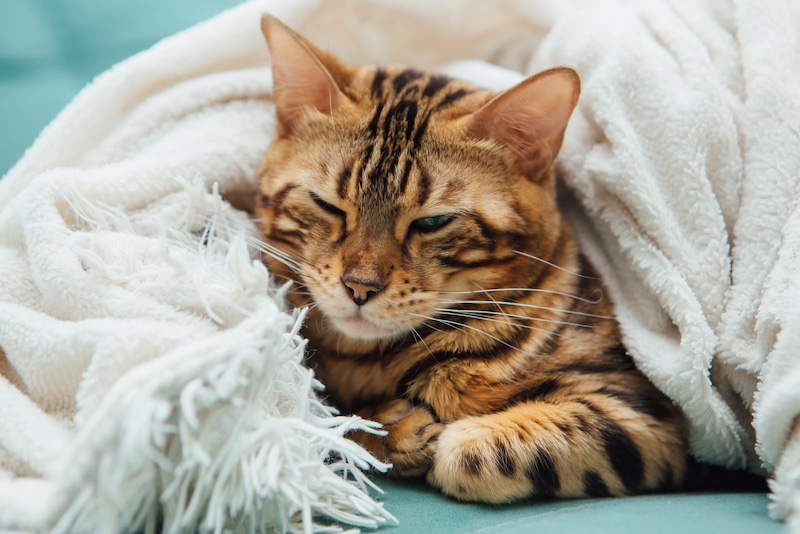
A cat’s whiskers can indicate their mood. When relaxed and content, whiskers are positioned neutrally. When curious or hunting, whiskers point forward. If a cat feels threatened or scared, whiskers pull back against the face, offering insights into their emotional state.
Whisker Fatigue Is a Real Condition
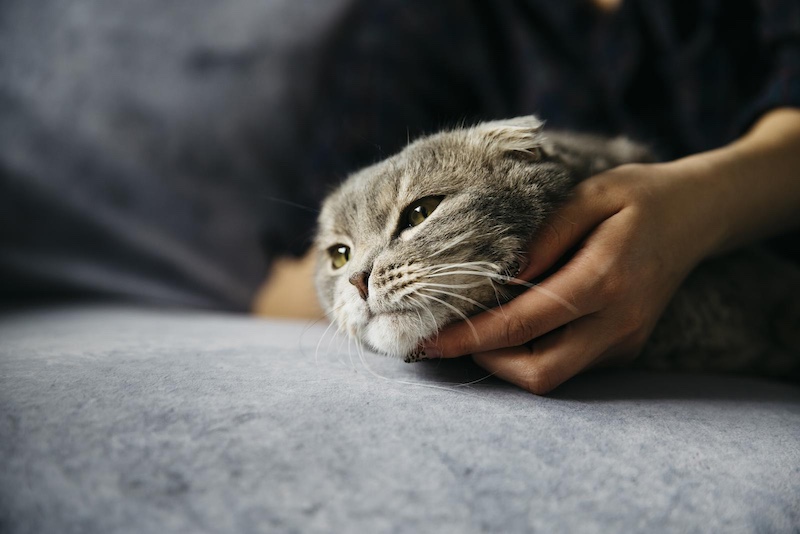
Whisker fatigue occurs when a cat’s sensitive whiskers are overstimulated, often from brushing against surfaces like the sides of food or water bowls. This can make cats irritable or hesitant to eat. Using shallow bowls can help prevent this discomfort.
Whiskers Are Not Just on the Face
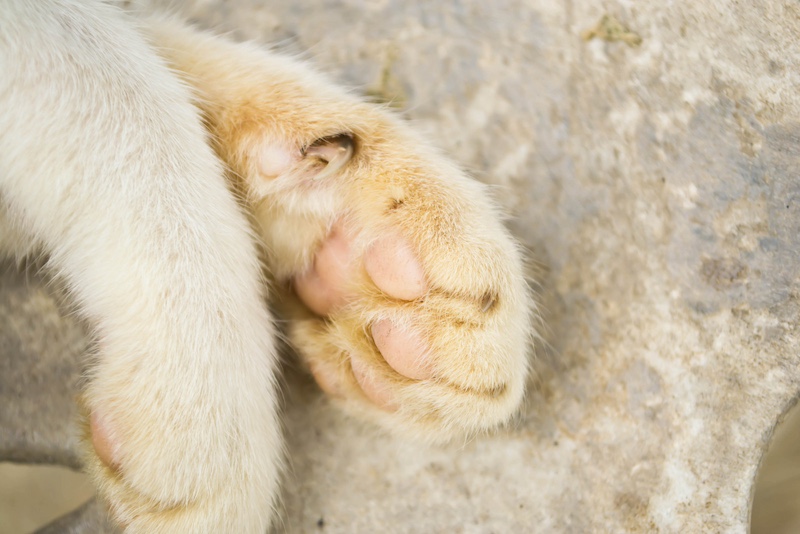
In addition to their face, cats have whiskers on other parts of their bodies, including their chin, above their eyes, and the back of their front legs. These additional whiskers enhance their sensory abilities, helping them detect objects and prey.
Whiskers Are Super Sensitive
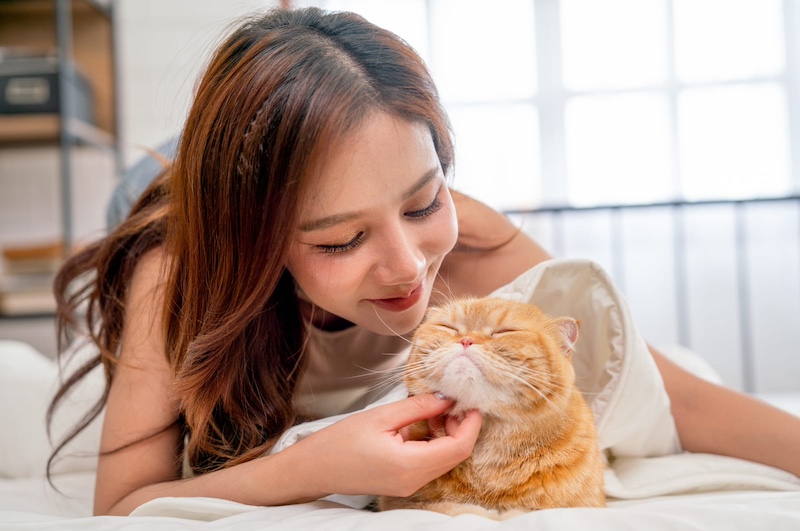
The nerve endings at the base of each whisker can detect even the slightest changes in the environment, such as subtle air currents. This sensitivity is particularly useful in low-light conditions, allowing cats to navigate and hunt in the dark.
Whiskers Should Not Be Trimmed
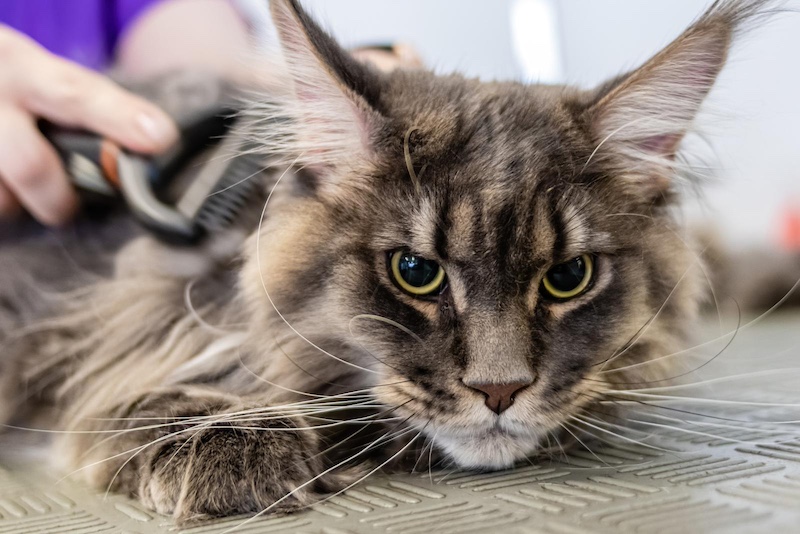
Trimming a cat’s whiskers can disorient them and hinder their ability to judge distances and navigate their surroundings. Unlike human hair, whiskers are essential sensory tools. If a whisker falls out, it will eventually grow back, but they should never be intentionally cut.
Each Cat Has a Unique Whisker Pattern
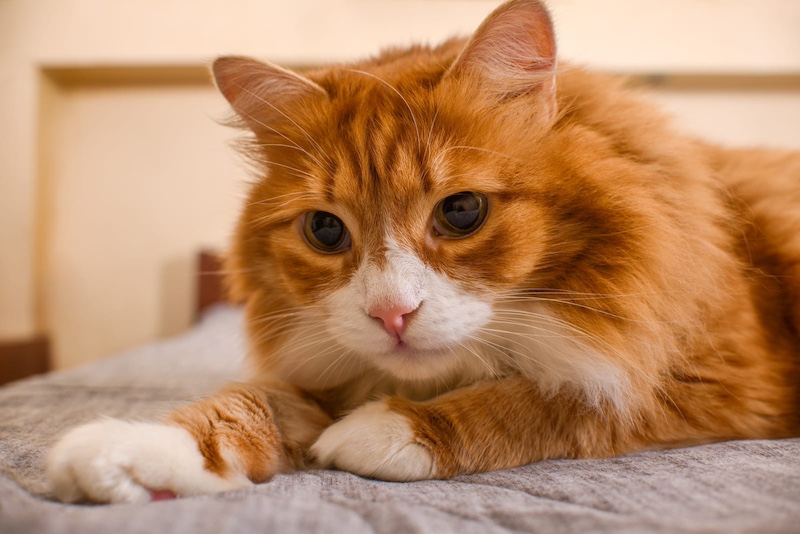
Just like human fingerprints, each cat’s whisker pattern is unique. This individuality helps in identifying cats, as the arrangement and number of whiskers vary from one cat to another.
Whiskers Aid in Hunting

Whiskers play a critical role in hunting. They help cats determine if captured prey is still alive by sensing vibrations and movements. This allows cats to react appropriately, ensuring effective hunting.
Whiskers Express a Cat’s Intentions
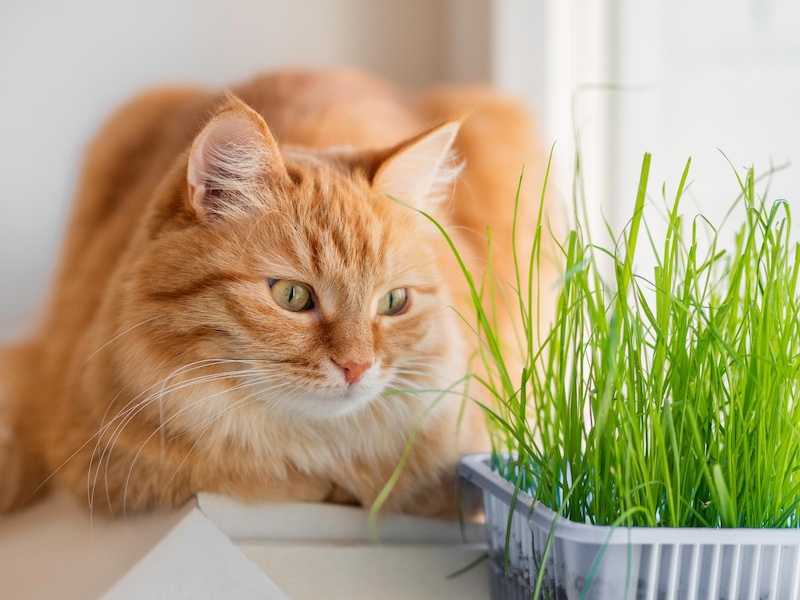
Beyond indicating mood, whiskers can also signal a cat’s intentions. For example, when intrigued, a cat’s whiskers will point forward and fan out, showing curiosity. In contrast, defensive cats will flatten their whiskers against their face.
Final Thoughts
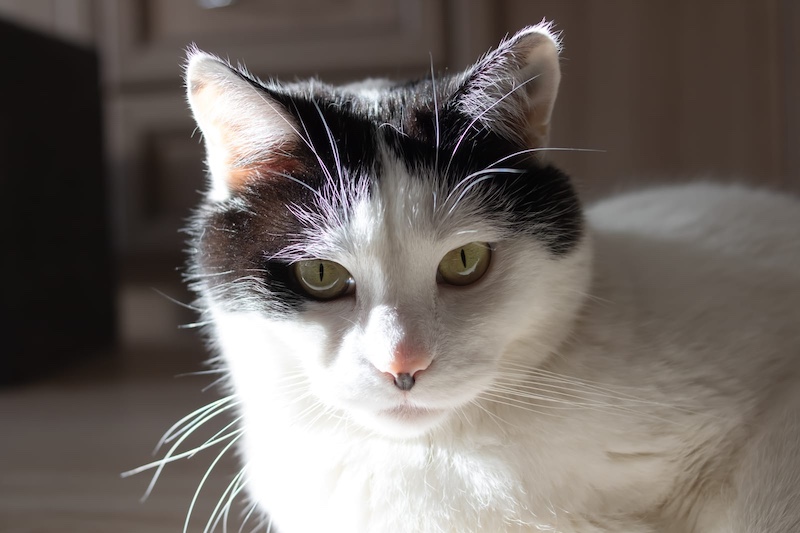
Cat whiskers are more than just a beautiful feature—they are sensory organs that play a significant role in a cat’s life. From aiding in navigation to expressing emotions, whiskers are an essential part of what makes cats the unique and fascinating creatures we love. This content was created with the assistance of AI and thoroughly edited by a human before publishing.

